Introduction
Picture this: you're enjoying a soothing cup of tea, perhaps dreaming of English gardens or the bustling streets of Darjeeling, completely oblivious to the fact that you might be sipping on more than just the aromatic essence of chamomile or the regal notes of Earl Grey. According to a recent study published in ScienceDirect, each cuppa could be sneaking in a side of microplastics. Yes, those seemingly innocent teabags might just be the latest villains in our quest for health!
The Study - The Plight of the Teabag?

In the study, "Teabag-derived micro/nanoplastics (true-to-life MNPLs) as a surrogate for real-life exposure scenarios," researchers Gooya Banaei and team decided to see what really brews with our tea. They asked two pivotal questions:
- Do teabags release microplastics when we brew our tea?
- If so, what happens to those microplastics once we've ingested them?
Brewing Up The Results
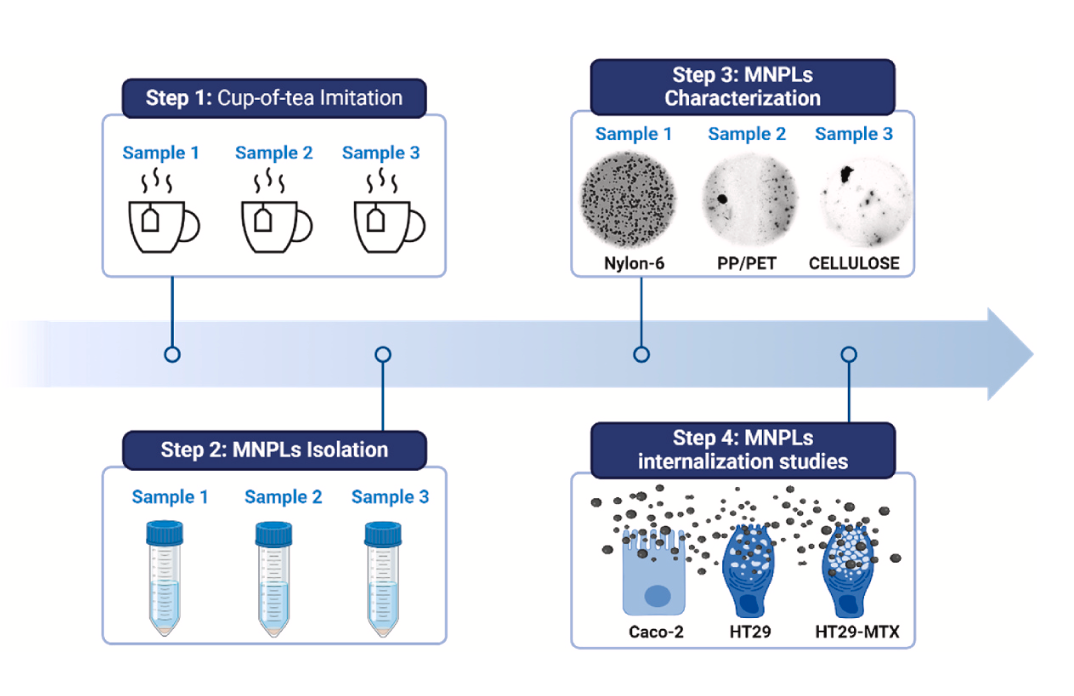
The team bought teabags from Amazon, AliExpress, and local supermarkets, made from various plastics – because who knew to look for microplastics there? They simulated a brewing process, and guess what? Those teabags shed microplastics like a dog sheds hair in summer. Counting these particles was likened to trying to count grains of sand on a beach – but with lab coats and microscopes instead of sunscreen and beach towels.
Now, Here’s Where It Gets Bitter

After confirming that a significant amount of microplastics comes off during brewing, the next step was to see what happens when these particles enter our digestive system. In their lab, researchers exposed intestinal cells to this "tea" solution. Using what looks like graphics from a retro sci-fi movie, they observed:
- Little green dots? That's your microplastics.
- Big blue blobs? Those are the cell nuclei, or where your DNA hangs out.
Within just 24 hours, these microplastics not only entered the cells but were seen cozying up to the nuclei.
Wrapping It Up - In a Plastic-Free Teabag
This study is a bit of a wake-up call, wrapped in irony. Here we are, buying tea for its calming health effects, only to find out it might come with a side of unwanted plastic. It makes you think, doesn't it? Could this be why there's been a 93% increase in colorectal cancer in young adults from 2000 to 2021, and a 33% rise in those aged 40 to 64? We need more research, but one thing's clear – our teabag choices might be more significant than we thought.
This isn't just about tea; it's a broader call to awareness about microplastics in our daily lives. Next time you choose a teabag, remember, you're not just steeping tea; you might be participating in an unwitting experiment on human microplastics exposure.
Sip wisely, or at least with a dash of scientific curiosity.
Want to dive deeper into this plastic predicament? Check out our other articles like "Introduction to the Plastic Health Predicament" and "Are Plastics Clogging Your Arteries?" at Odyssey.




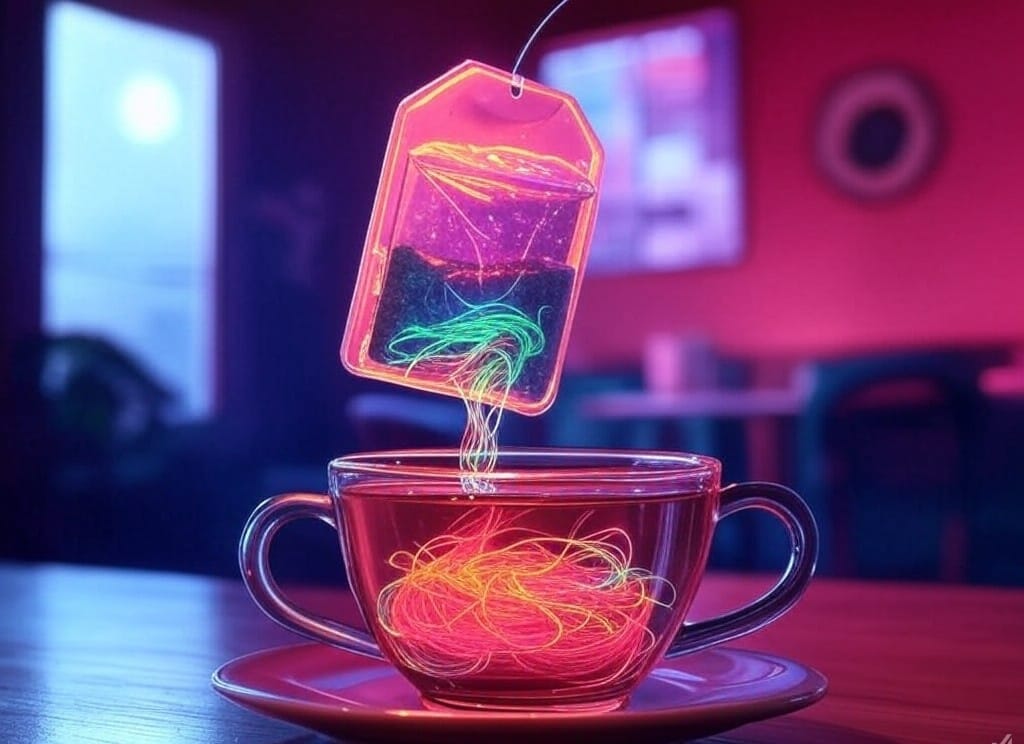


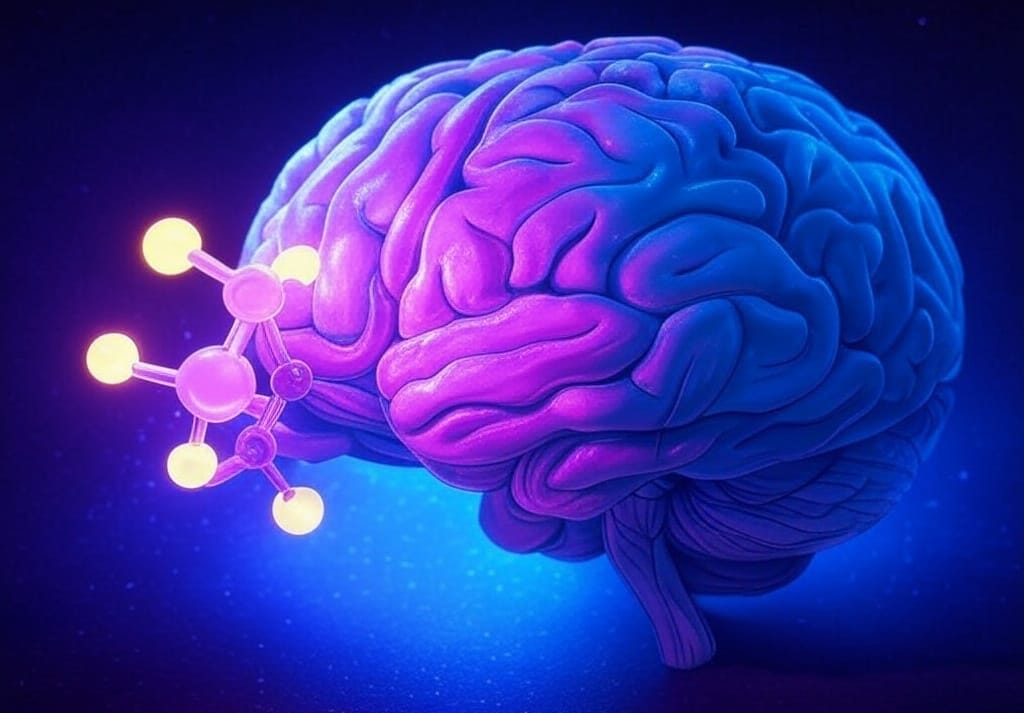
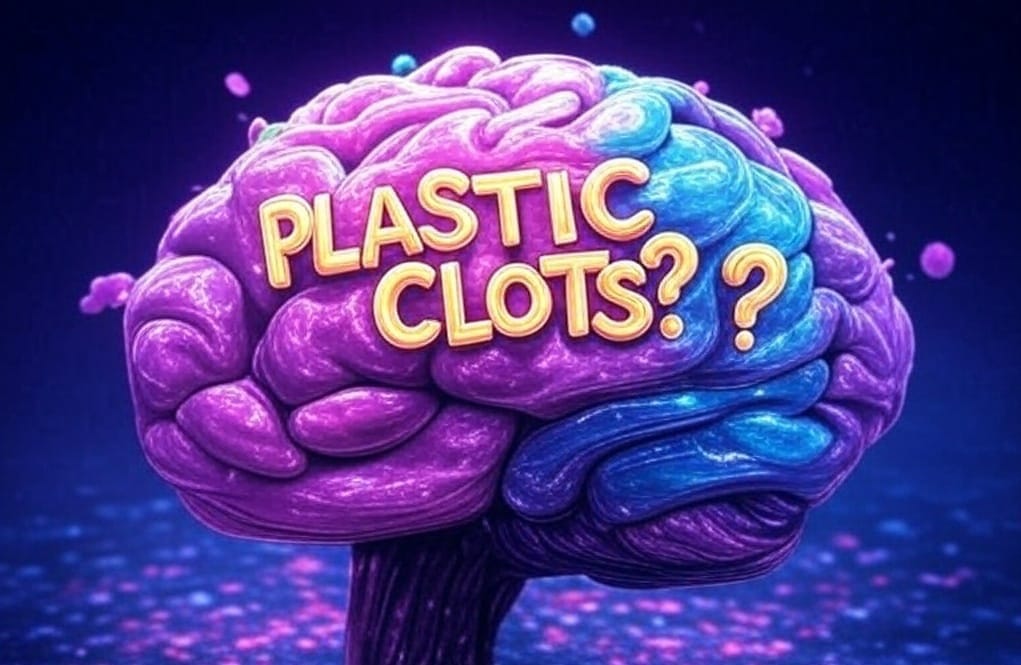
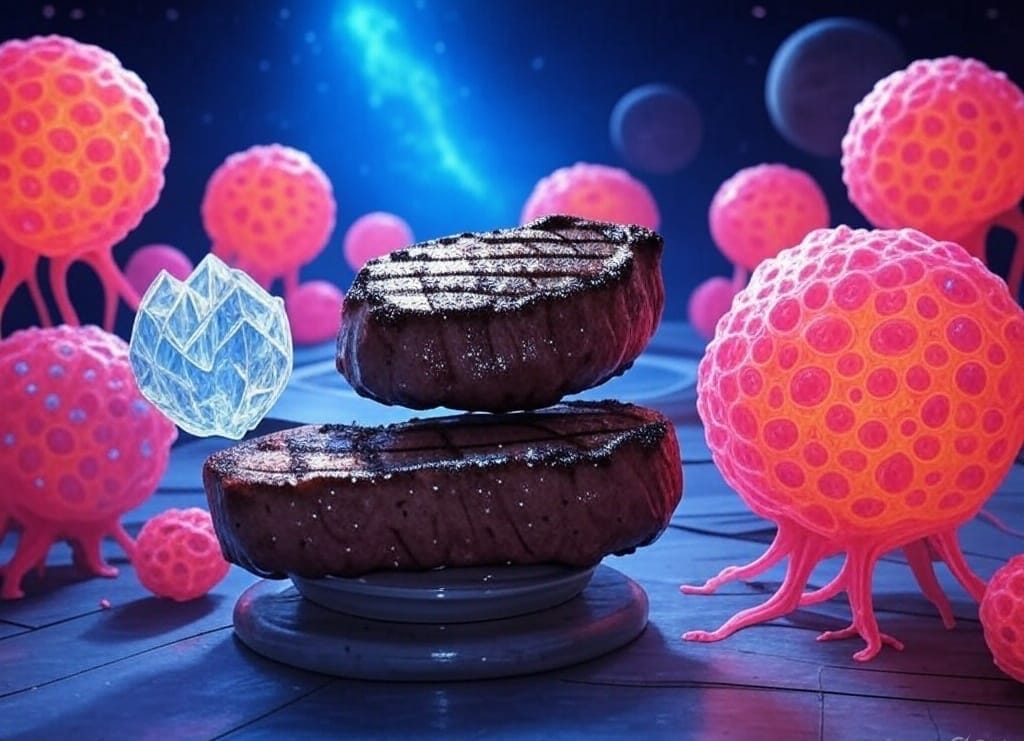

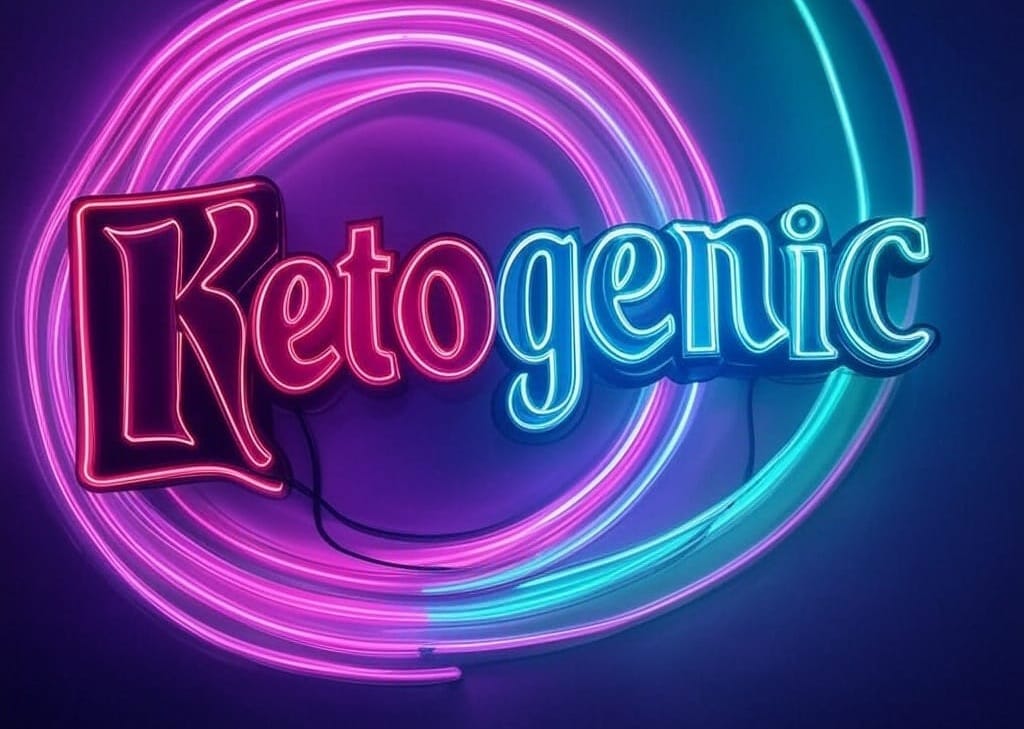

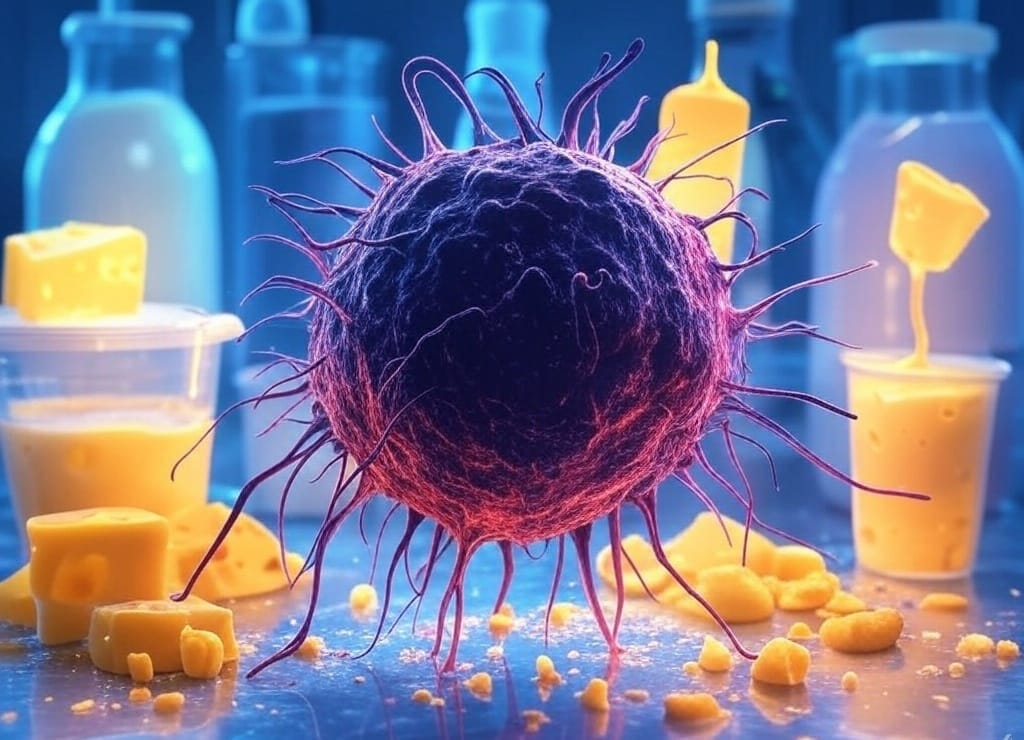
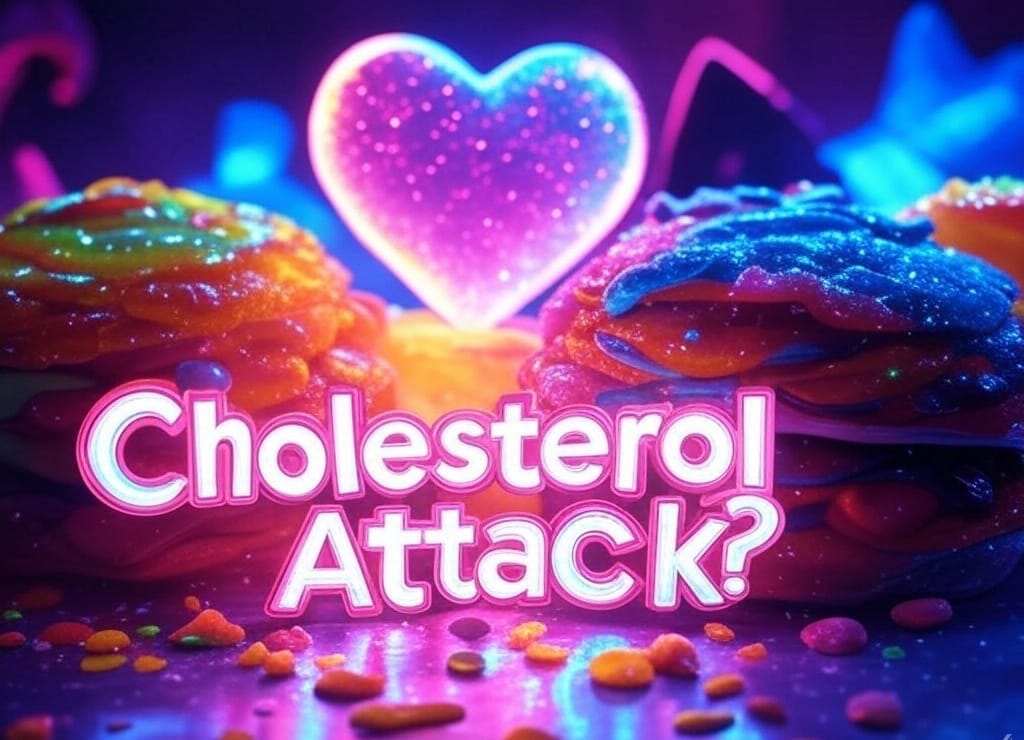
Discussion